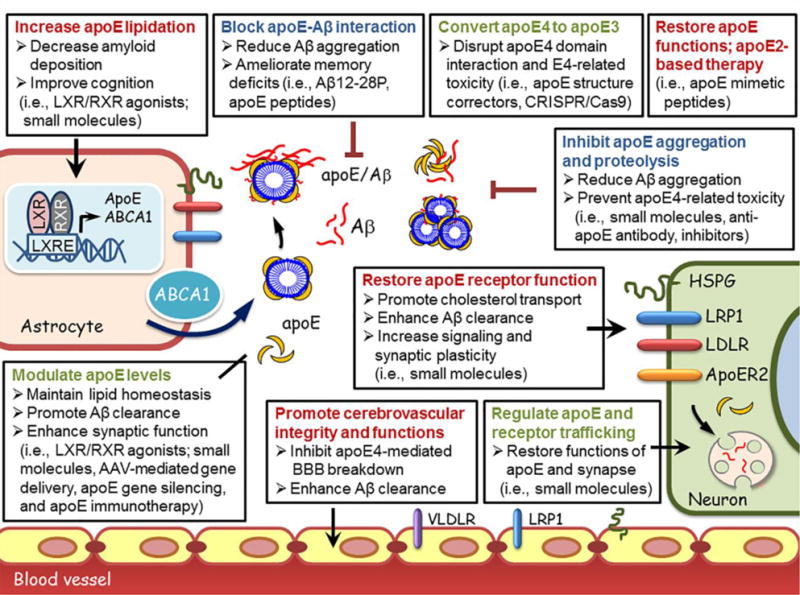Figure 3. ApoE-targeting strategies for treatment of Alzheimer’s disease.

ApoE is primarily synthesized by astrocytes, and is lipidated by the ABCA1 transporter, forming apoE lipoprotein particles. Lipidated apoE binds soluble Aβ and facilitates Aβ uptake through cell surface receptors including LRP1, LDLR, VLDLR, and HSPG (6). ApoE and apoE receptors play critical roles in both Aβ-dependent and Aβ-independent AD pathogenic pathways (8). ApoE-directed approaches that are currently explored are categorized as below: 1) Modulating apoE level, stability and lipidation (ie., LXR/RXR agonists (103–105, 108), apoE stabilizing compounds (111), nanoparticles or AAV-mediated gene delivery of apoE (40, 113), gene silencing approaches and anti-apoE immunotherapy (115, 116); 2) Modulating apoE properties by converting apoE4 to apoE3 (i.e., structure correctors, CRISPR/Cas9 genome-editing) (118–121), suppressing apoE aggregation (122) and proteolysis (118, 119) and blocking apoE-Aβ interaction (126, 127); 3) Regulating the levels, intracellular trafficking and functions of apoE and apoE receptors (6, 72, 75, 98); 4) Restoring normal apoE functions (i.e., apoE-mimetic peptides) (128); 5) Restoring apoE4-mediated defects by apoE2-based treatment (40, 113), and 6) Promoting cerebrovascular functions (i.e., physical exercise, healthy diet and lifestyle), particularly in APOE4 carriers (142).
Abbreviations: Aβ, amyloid-β; apoE, apolipoprotein E; LXR, liver X receptor; RXR, retinoid X receptor; ABCA1, ATP-binding cassette A1; HSPG, heparan sulphate proteoglycan; LDLR, low-density lipoprotein receptor; LRP1, low-density lipoprotein receptor-related protein 1; BBB, blood-brain barrier; ApoER2, apolipoprotein E receptor 2; AAV, adeno-associated virus.
